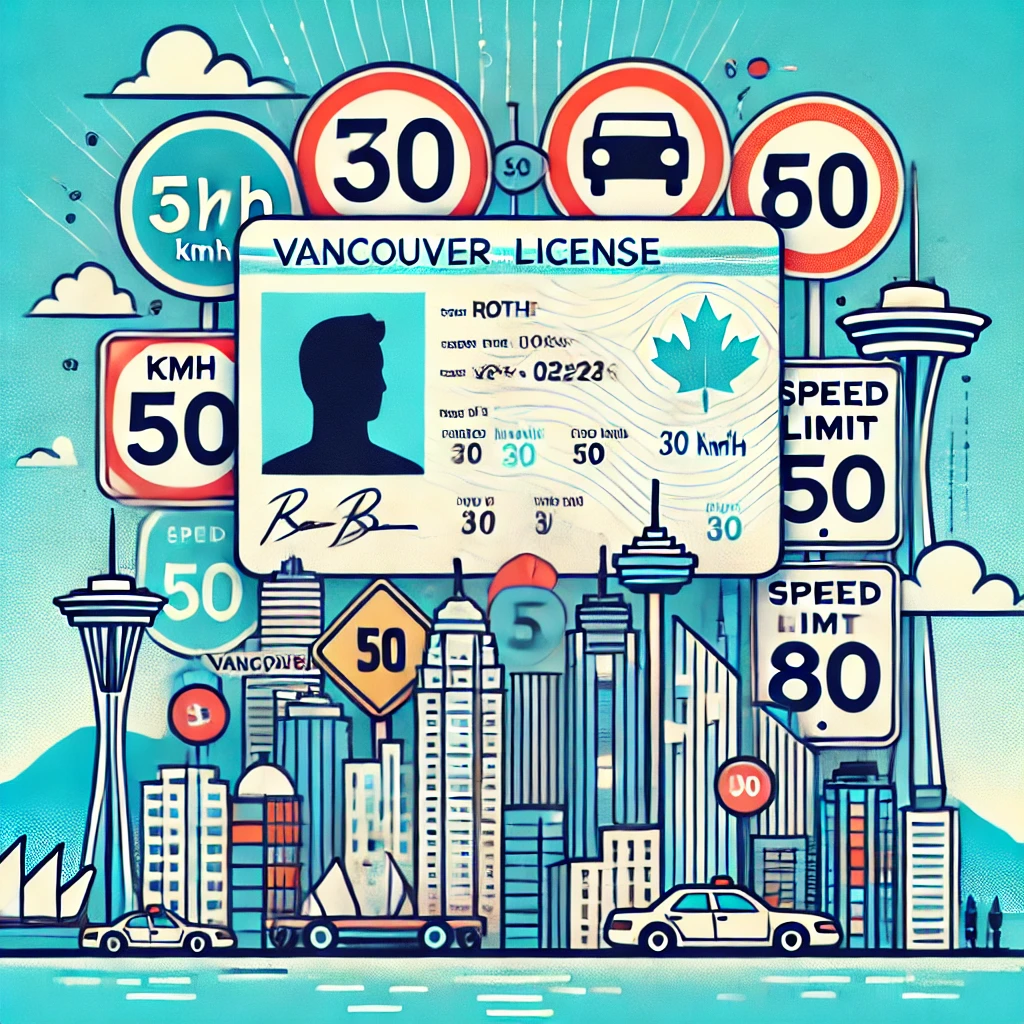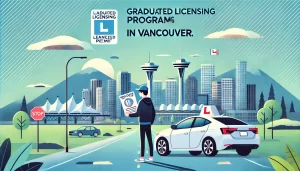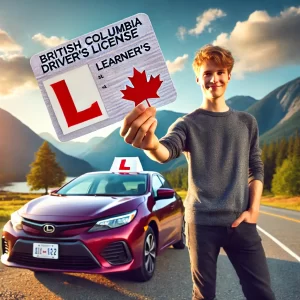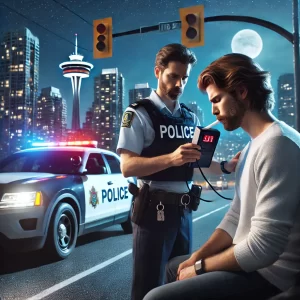Navigating the roads of Vancouver can be a breeze when you understand the city’s speed limits and the reasons behind them. With a mix of busy urban streets, scenic coastal routes, and residential neighborhoods, it’s essential to know when to slow down to ensure the safety of everyone on the road. We’ll break down the speed limits you’ll encounter throughout Vancouver to get a driver’s license and provide some helpful tips for staying compliant.
1- General Speed Limits in Vancouver
In Vancouver, speed limits vary depending on the type of road and surrounding environment. Here are the key speed limits you should be aware of:
– Urban and Residential Areas: Unless otherwise posted, the standard speed limit is 50 km/h. This limit helps protect pedestrians, cyclists, and drivers in busy city environments with more intersections and crosswalks.
– School Zones: Speed limits drop to 30 km/h near schools between 8 AM and 5 PM on school days unless otherwise indicated. Be extra cautious in these areas, as children may be crossing the road unexpectedly.
– Playgrounds: Similar to school zones, the speed limit near playgrounds is typically 30 km/h from dawn to dusk, every day of the week. Slow down and be vigilant for children playing or crossing the street.
– Major Roads and Arterials: Some larger roads, like Kingsway or Marine Drive, have posted speed limits of 60 km/h. Always look for speed limit signs, as these roads can vary depending on the area.
– Highways: The speed limit on major highways leading out of Vancouver, like Highway 1, generally ranges from 80 to 100 km/h. Adjusting your speed according to road conditions is important, especially in poor weather.
2- Why Speed Limits Matter
Speed limits are designed to maximize safety for all road users, including drivers, cyclists, and pedestrians. Here are a few reasons why adhering to speed limits is so crucial:
1. Accident Prevention: Higher speeds reduce the reaction time available to avoid accidents. Sticking to the speed limit allows more time to respond to unexpected situations, like a pedestrian stepping off the curb or sudden traffic congestion.
2. Pedestrian Safety: Vancouver is a bustling city with many pedestrians. Lower speed limits in busy or residential areas are crucial for reducing the risk of serious injury or fatalities in the event of a collision.
3. Environmental Impact: Driving at moderate speeds reduces fuel consumption and emissions. Staying within speed limits can help lower your environmental footprint, contributing to Vancouver’s sustainability goals.
4. Legal Consequences: Speeding in Vancouver can result in hefty fines, penalty points on your driving record, and even license suspension for severe infractions. For example, exceeding the speed limit by more than 40 km/h can lead to immediate roadside suspension and vehicle impoundment.
3- Staying Within the Speed Limit
–Stay Alert to Speed Limit Changes: Speed limits can change quickly, especially in areas transitioning from residential to commercial or when approaching schools and playgrounds. Pay close attention to posted signs.
–Use Cruise Control: On longer stretches of road or highways, using cruise control can help maintain a consistent speed and prevent unintentional speeding.
– Monitor Your Speedometer: Regularly check your speedometer, especially when moving from high-speed to low-speed zones, to ensure you’re not inadvertently speeding.
–Adjust for Conditions: Speed limits are set for ideal driving conditions. In rain, fog, or heavy traffic, it’s wise to drive below the speed limit to stay safe.
–Plan for Extra Time: Vancouver traffic can be unpredictable. Give yourself plenty of time to reach your destination so you’re not tempted to speed.
4- Areas to Watch for Speed Enforcement
The Vancouver Police Department and other law enforcement agencies regularly patrol for speed violations, particularly in high-risk areas. Here are some common locations where speed enforcement is often increased:
– School Zones and Playgrounds: Police frequently monitor these areas to ensure drivers comply with the reduced speed limits.
– High Accident Zones: Areas with a history of traffic accidents, such as intersections along Granville Street or Knight Street, often have heightened speed enforcement.
– Major Arterials: Roads like Marine Drive, Broadway, and Kingsway are popular for speed checks due to higher traffic volumes.
Understanding and adhering to Vancouver’s speed limits is crucial for the safety of everyone on the road. By staying informed and following the posted limits, you can help reduce accidents, avoid fines, and contribute to a safer, more enjoyable driving experience in the city. Remember, it’s always better to arrive a little late than not at all. Drive safe and know when to slow down in Vancouver!
For driving classes in Vancouver contact and follow Seymour Driving School, with us you’ll be on your way to driving independently and confidently.





